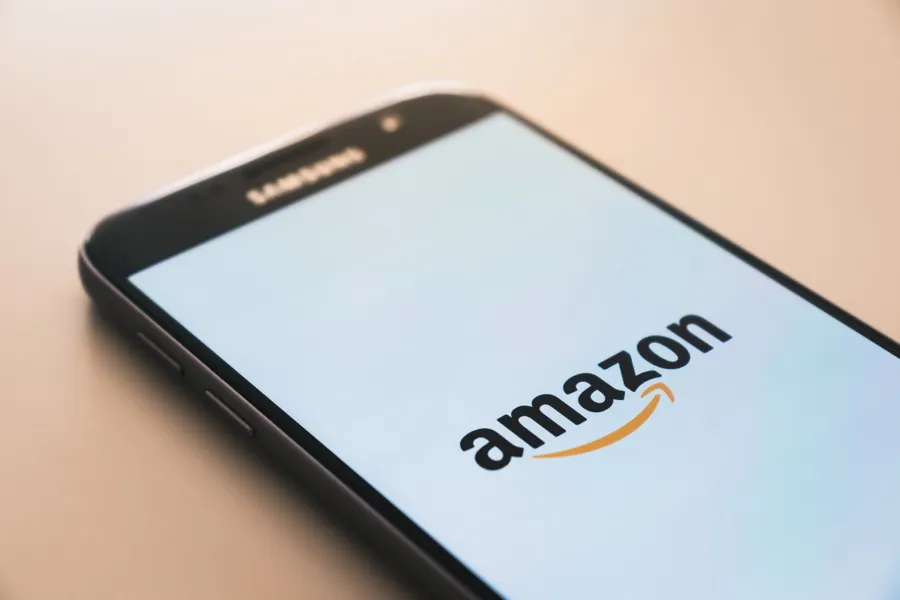Amazon has often been in the news over the past few years over allegations that it uses seller data to inform its own private label competitors (which Amazon denies) and over concerns about how Amazon private label products compete with competitors’ products for paid search placements. Last year, Amazon introduced a fourth Sponsored Product (SP) placement to many search queries and is constantly tinkering with using non-paid substitutes in place of the usual Sponsored Brand (SB) placement. For example, the SB placement was utilized during the COVID-19 outbreak to point shoppers to the CDC recommendations and to drive shoppers toward Amazon strategic initiatives such as Prime Pantry.
Small tweaks in experience are not uncommon – Amazon stays true to their Leadership Principles after all, developing big ideas and exploring those curiosities. Major changes are less frequent but may require a shift in advertising strategy. Last week we noticed a new wrinkle in the paid search landscape – Amazon replacing the first SP spot on certain search terms with a private label product instead (in this case: Amazon Basics batteries). This is particularly impactful on the mobile shopping experience, where only one sponsored product placement shows up before organic search results appear in the current experience. The images below show the desktop and mobile experiences with this replacement for the SP1 ad unit and a closeup of the text used instead of “Sponsored.”
Image 1: Desktop search query for “batteries aa size”

Image 2: Mobile search query for “aa batteries”

Image 3: Closeup of “Featured from our brands” SP replacement

What Does This Mean for Brands?
In a previous article, we explored whether or not top of search placements are worth investing in (you can read that post here), but that question will now get more complicated for brands competing with an Amazon Private Label business. If implemented in all categories, the change in the customer experience shown in the images above would represent a significant upheaval to the status quo.
The change would be most impactful for the biggest users of Sponsored Product ads, for example 1P vendors with strong 3P coverage, since brands more prone to Lost Buy Box often use SP advertising to avoid driving traffic to 3P sellers. Similarly, 3P sellers who are not brand owners (ineligible for Sponsored Brand) would also be impacted. However, the change would impact everyone, as brands have to shift spend between ad types. Cost per click for SP placements may go up with fewer placements available, and it’s likely that top of search SP placements could see lower CTR as well after being pushed down the page. AmazonBasics batteries have historically only appeared on SP placements – maintaining strong coverage on top keywords – so brands seeking top of search placements for mobile shoppers will have to start competing more heavily for SB placements if they hope to maintain above-the-fold visibility. This will advantage brands with a higher ASP or high Subscribe & Save rates, which give them the ability to focus on Customer Lifetime Value and less on ACoS/ROAS.
How Can You Prepare for This (Potential) Reality?
Brands can mitigate the risks of any major changes to the search CX by becoming less dependent on top of search and high search frequency rank keywords. Diversifying where and how you reach shoppers is the best way to identify new opportunities and limit risk. Implementing a hyper-segmented, holistic strategy on as many keywords as possible will allow you to handle the shock of a significant CX change better than other brands. The best way to do that in a scalable way is to utilize technology to manage more keywords at the same level of granularity as you can manually manage smaller keyword sets. Pacvue allows you to create custom tagging on keywords and campaigns to quickly identify and make large-scale changes to similar titles. Implementing test and learns with different SB copy will help maximize efficiency on the top of search exposure you are able to get. Spend time developing consistent, thorough negative keyword groupings to ensure you’re able to use Product Attribute Targeting at the category or brand-specific level without wasting spend.
Amazon may not end up rolling this specific experience out across the site, but you can be sure they will continue to test new opportunities to drive sales for Private Label products. As they become more disruptive in their promotion of Private Label products, including rolling out exclusive search placements or callouts, having a robust paid search strategy will be more critical than ever.













